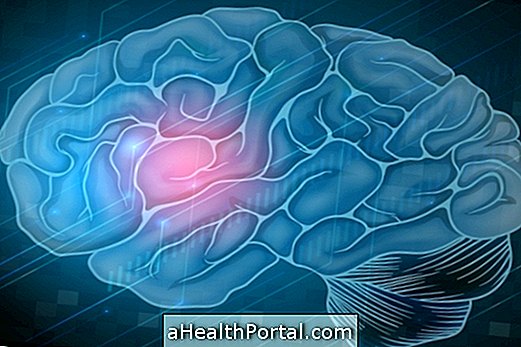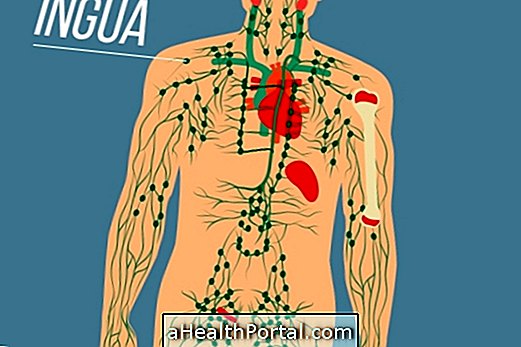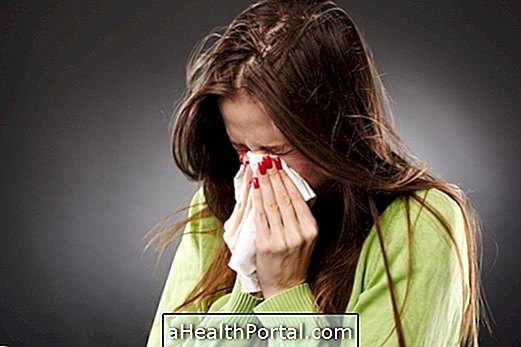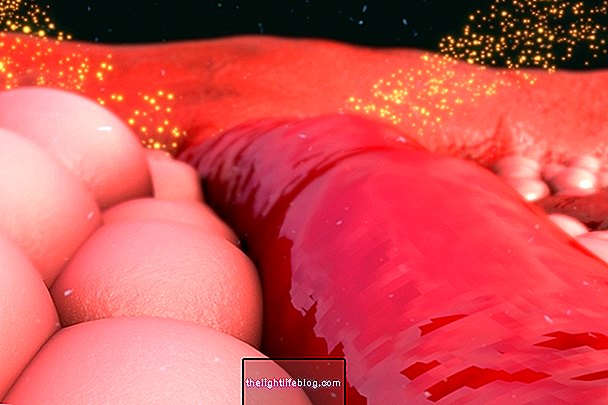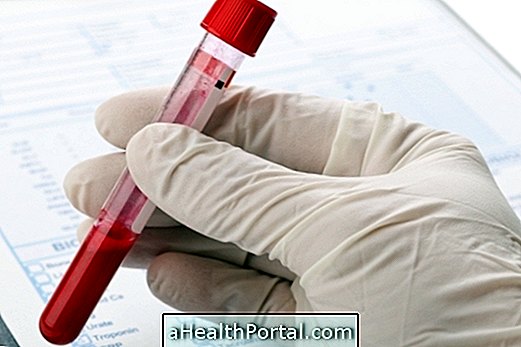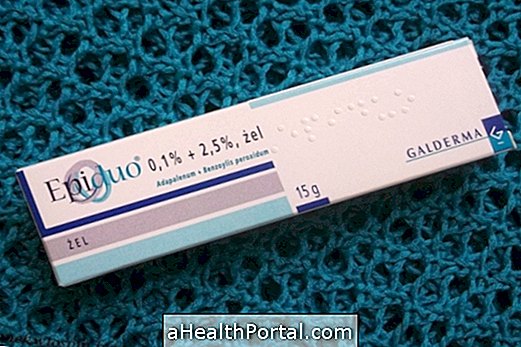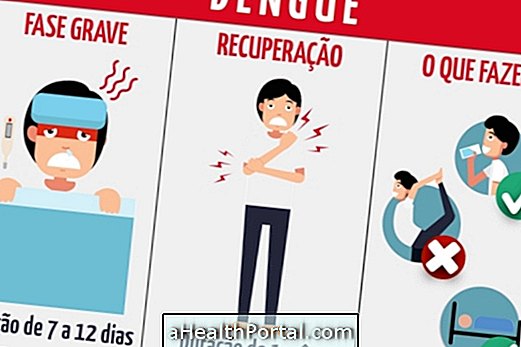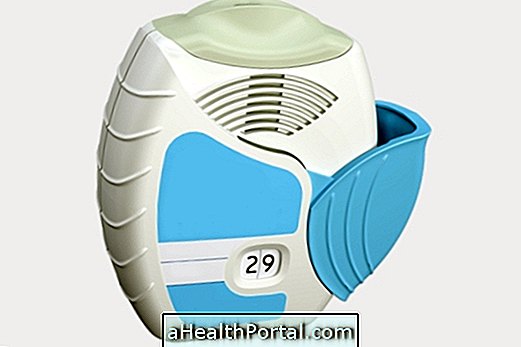Anger is a disease where the central nervous system is compromised and can lead to death in 5 to 7 days if the disease is not properly treated. This disease can be cured when a person seeks medical help as soon as they are bitten by an infected animal or when symptoms appear.
The etiologic agent of rabies is the rabies virus belonging to the order Mononegavirales, family Rhabdoviridae and genus Lyssavirus . Animals that can transmit rabies to humans are mostly rabid dogs and cats, all warm-blooded animals can also be infected and transmitted to humans. Some examples are bats that consume blood, animals of production, marmosets, dog of the forest, fox, raccoon and monkeys, for example.

Symptoms of rabies
The symptoms of rabies in humans begin approximately 45 days after the bite of the infected animal.
The first symptoms are:
- malaise
- small increase in temperature,
- loss of appetite,
- Headache,
- nausea,
- sore throat,
- tiredness,
- irritability,
- restlessness,
- feeling of anguish,
- a sensation of severe pain or anesthesia may occur in places close to the animal's bite site.
As the infection progresses, other symptoms develop like:
- anxiety, fever, delusions,
- involuntary, generalized muscle spasms, seizures,
- spasms of the muscles of the larynx, pharynx and tongue, in addition to intense salivation.
- paralysis arises, leading to respiratory distress,
- urinary retention and intestinal constipation.
Normally, the person inserts moments of consciousness and unconsciousness into a coma. Death can reach up to 7 days if treatment is not started.
Already the symptoms of rabies in dogs, cats or other animals include furious behavior, since nocturnal animals may appear during the day and not demonstrate the usual fear of humans.

Transmission of human rage
Transmission of anger occurs through the bite of a contaminated animal because the virus is found in the animal's saliva and enters the man's bloodstream, reaching the brain. The virus also spreads through the organs and salivary glands, being eliminated by the saliva of the contaminated person.
Prevention of human rabies
The best way to protect yourself from rabies is to vaccinate all dogs and cats with the anti-rabies vaccine, because even if you are bitten by one of these animals, they will not become infected, so if you are bitten you will not be sick.
Other prevention measures are to avoid contact with abandoned wild animals and contact with wild animals, even if they do not yet show symptoms of rabies, as the symptoms may take weeks or months to manifest.
What to do if bitten by an angry animal
The signs that an animal is angry are excessive salivation and aggressive behavior. When a person is bitten by an animal that has symptoms of rabies, they should go to the emergency room as soon as possible. It is also important to wash the wound with cold water and soap and apply iodinated alcohol, povidine or chlorhexidine, as well as anti-rabies serum directly into the wound. See what to do after a dog or cat bite.
When it is not known whether the animal was contaminated, it should still go to the emergency room for doctors and nurses to assess the need to take the rabies vaccine and the tetanus vaccine immediately. Learn more here.
Treatment of rabies in humans
Treatment of rabies in humans should be done in a hospital setting within the ICU. Depending on the severity, the individual should be kept in isolation, in deep sedation and breathing by appliances. During hospitalization, the person needs to be fed a nasoenteral tube, should remain with a bladder catheter and be taking serum through the vein.
When rabies is confirmed remedies such as Amantadine and Biopterin are indicated, but other remedies that may be used are Midazolan, Fentanyl, Nimodipine, Heparin and Ranitidine to avoid further complications.
To see if the person is improving, several tests are performed to control sodium, arterial blood gas, magnesium, zinc, T4 and TSH levels, as well as cerebrospinal fluid, cranial Doppler, magnetic resonance imaging and computed tomography.
After confirmation of the complete elimination of the virus from the body, through examinations the individual may be discharged.

